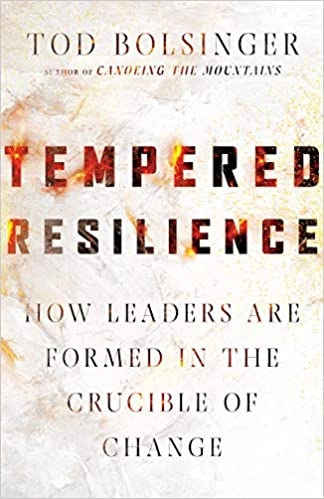Reading Level
What is the reading level of Tempered Resilience: How Leaders Are Formed in the Crucible of Change?
Analysing the books in the series, we estimate that the reading level of Tempered Resilience: How Leaders Are Formed in the Crucible of Change is 9th and 10th grade.
Expert Readability Tests for
Tempered Resilience: How Leaders Are Formed in the Crucible of Change
| Readability Test | Reading Level |
|---|---|
| Flesch Kincaid Scale | Grade 10 |
| SMOG Index | Grade 11 |
| Coleman Liau Index | Grade 9 |
| Dale Chall Readability Score | Grade 5 |
Reading Time
4 hrs 16 mins
How long to read Tempered Resilience: How Leaders Are Formed in the Crucible of Change?
The estimated word count of Tempered Resilience: How Leaders Are Formed in the Crucible of Change is 63,860 words.
A person reading at the average speed of 250 words/min, will finish the book in 4 hrs 16 mins. At a slower speed of 150 words/min, they will finish it in 7 hrs 6 mins. At a faster speed of 450 words/min, they will finish it in 2 hrs 22 mins.
| Tempered Resilience: How Leaders Are Formed in the Crucible of Change - 63,860 words | ||
|---|---|---|
| Reading Speed | Time to Read | |
| Slow | 150 words/min | 7 hrs 6 mins |
| Average | 250 words/min | 4 hrs 16 mins |
| Fast | 450 words/min | 2 hrs 22 mins |
- Authors
-
Tod Bolsinger
More about Tempered Resilience: How Leaders Are Formed in the Crucible of Change
63,860 words
Word Count
for Tempered Resilience: How Leaders Are Formed in the Crucible of Change
256 pages
Pages
6 hours and 52 minutes
Audiobook length
Description
What type of leadership is needed in a moment that demands adaptive change? Tod Bolsinger, author of Canoeing the Mountains, is uniquely positioned to explore the qualities of adaptive leadership in contexts ranging from churches to nonprofit organizations. He deftly examines both the external challenges we face and the internal resistance that holds us back. Bolsinger writes: "To temper describes the process of heating, holding, hammering, cooling, and reheating that adds stress to raw iron until it becomes a glistening knife blade or chisel tip." When reflection and relationships are combined into a life of deliberate practice, leaders become both stronger and more flexible. As a result, these resilient leaders are able to offer greater wisdom and skill to the organizations they serve. Also available: Tempered Resilience Study Guide
